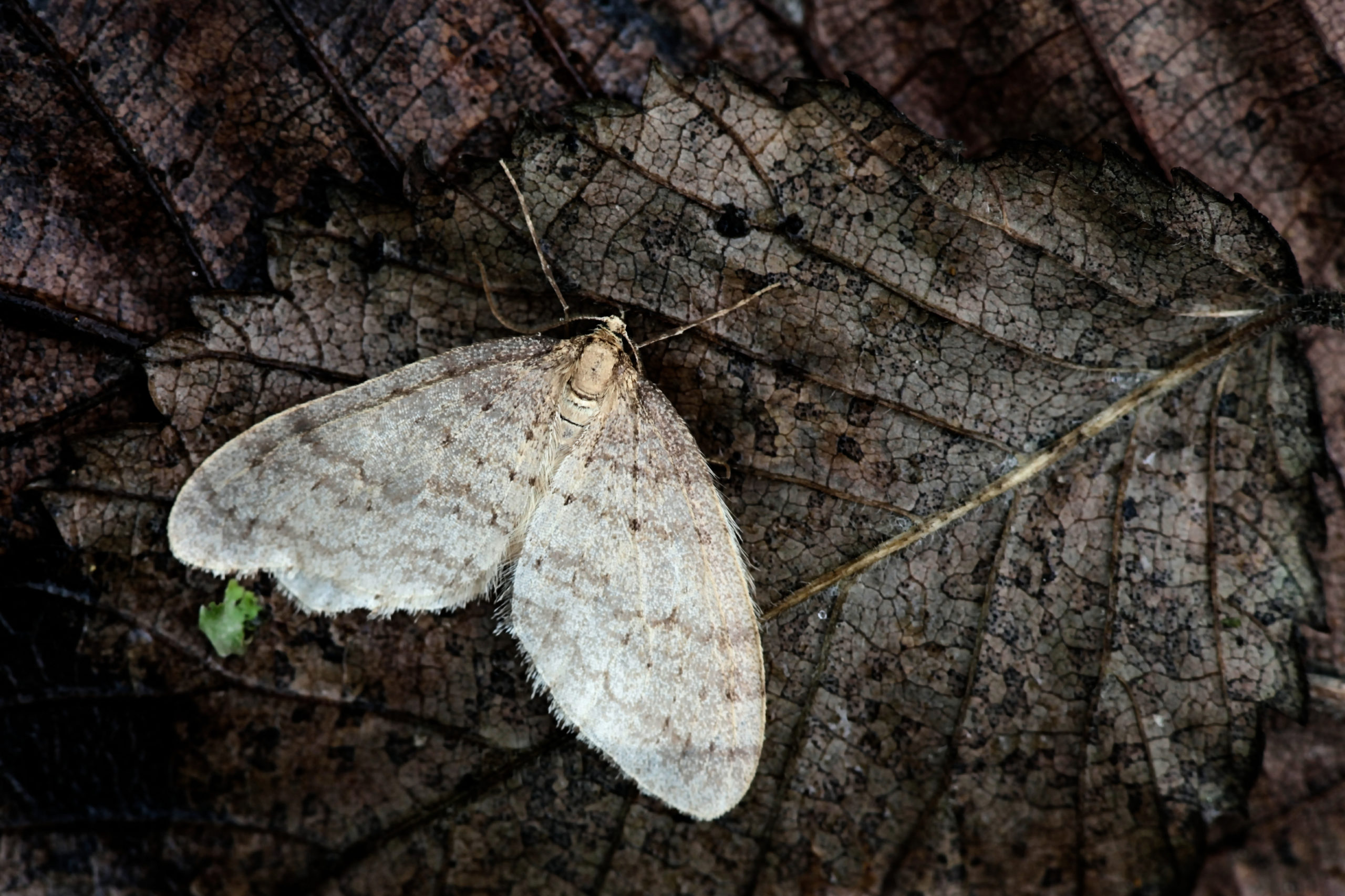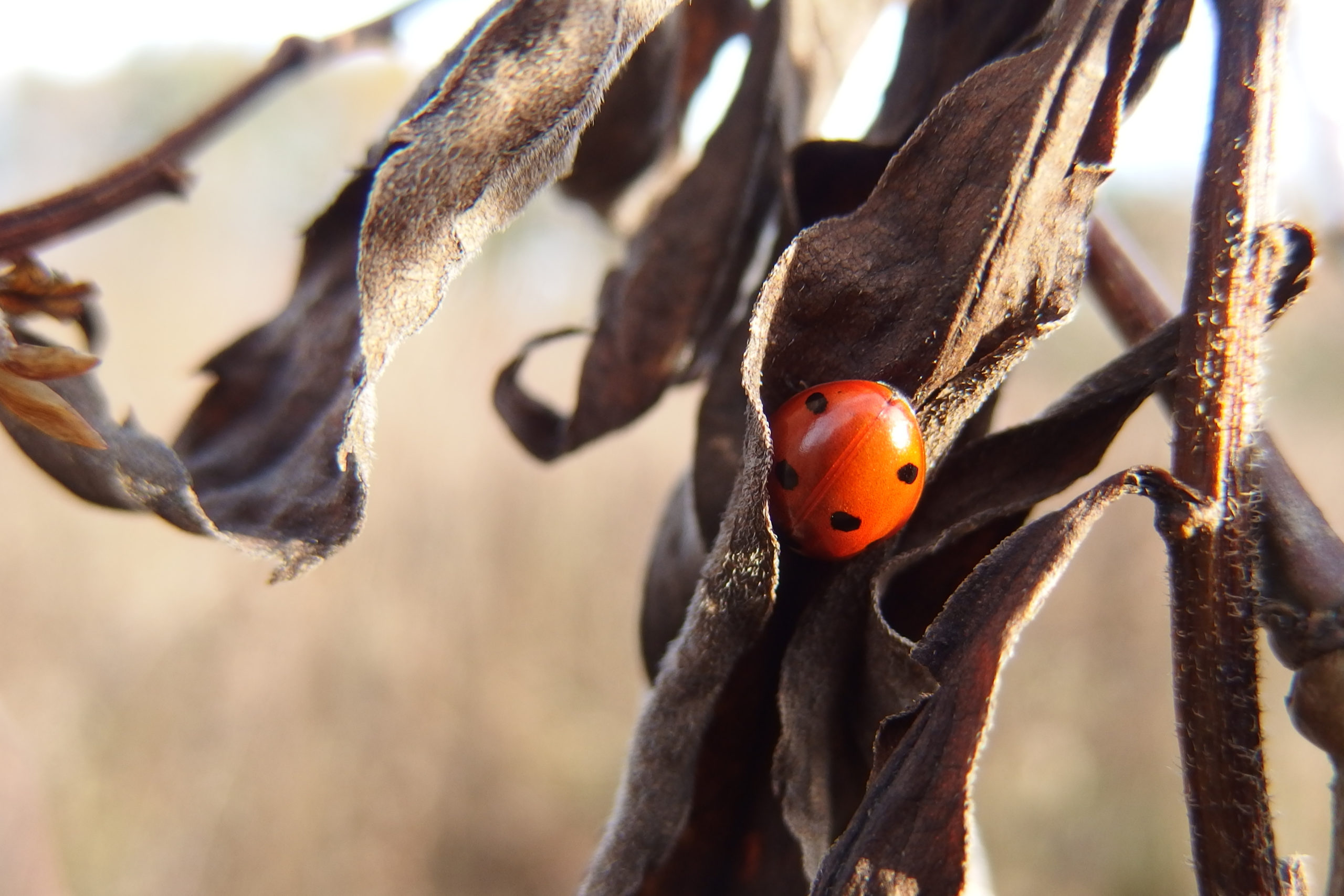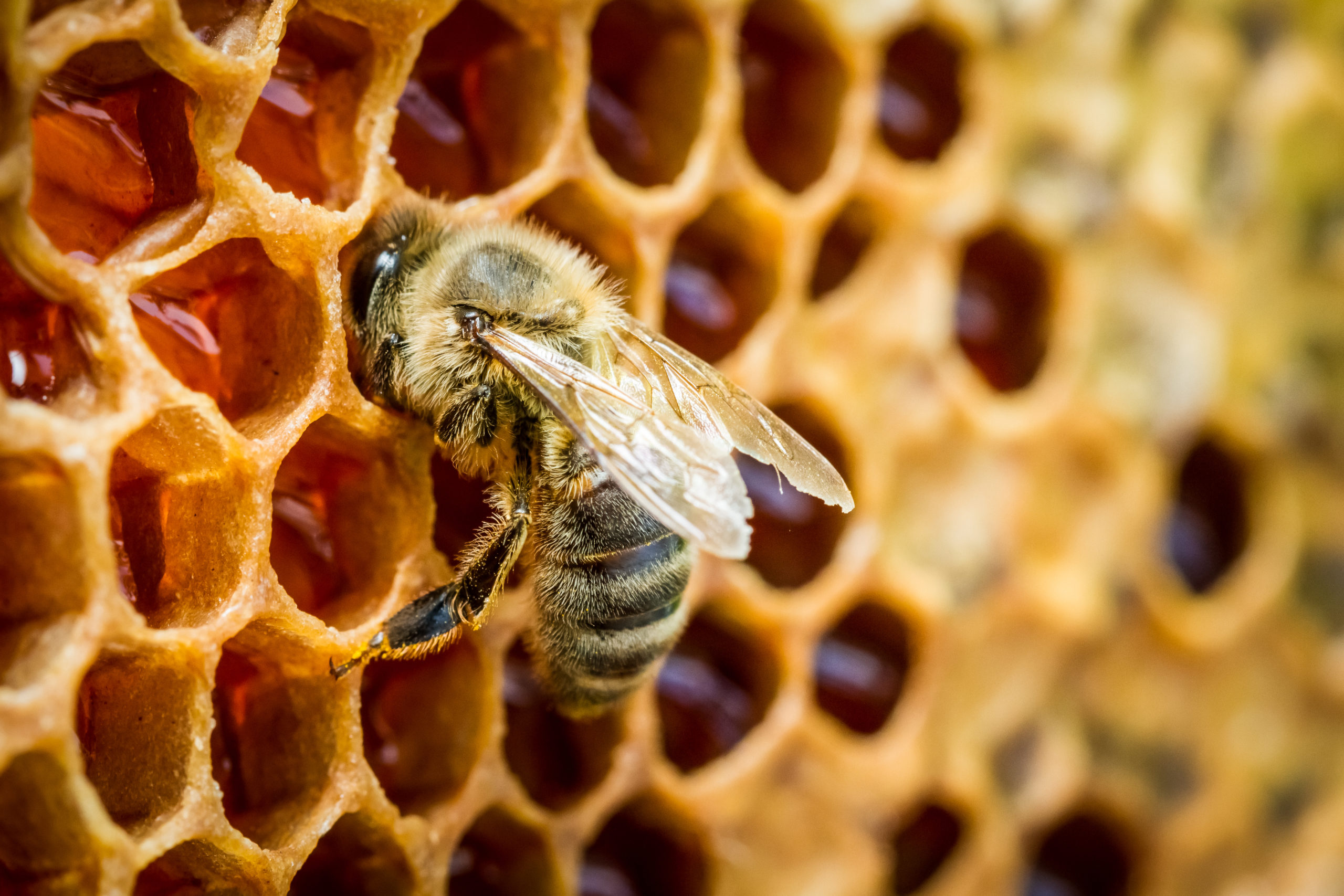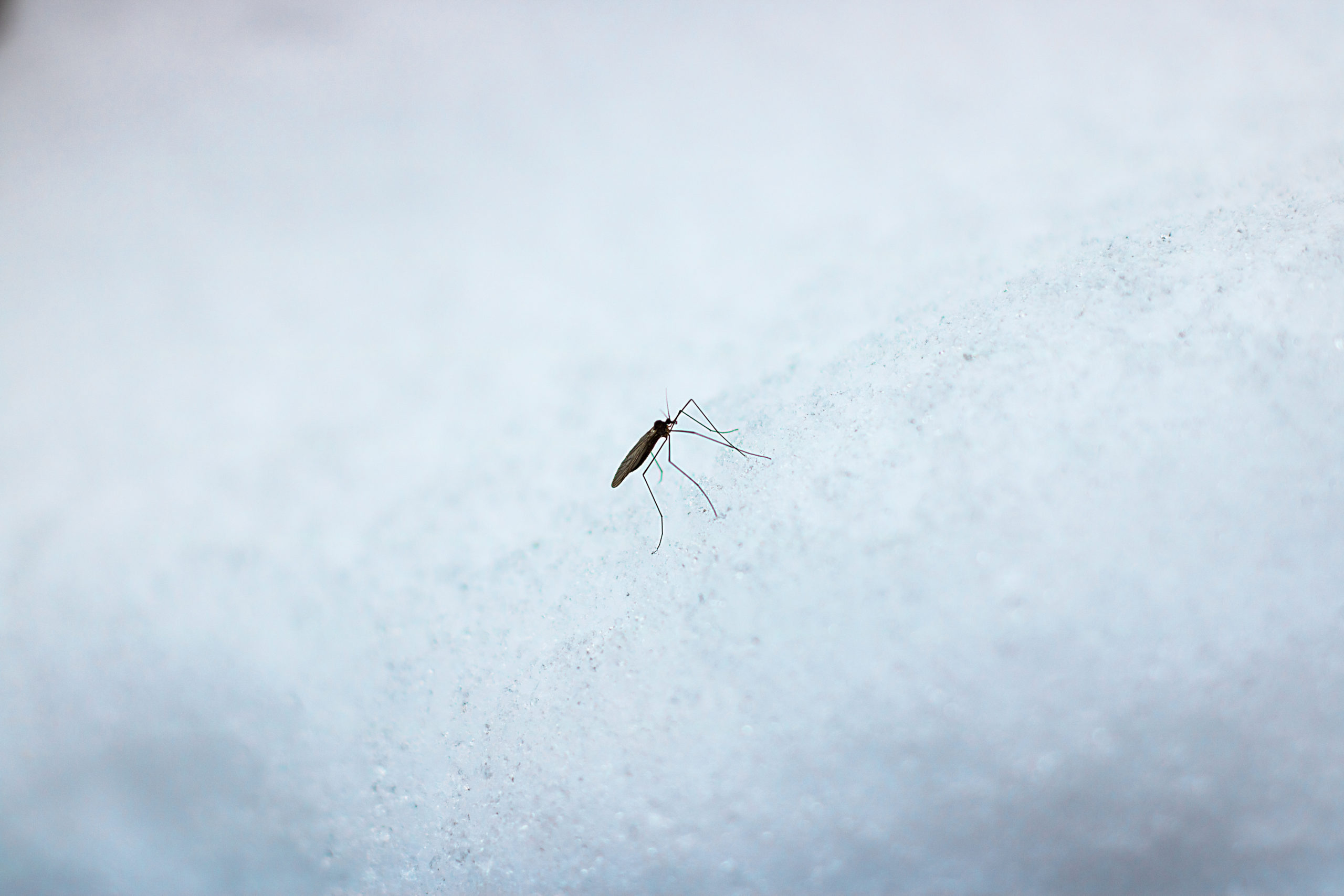The Habits of Hibernating Pests
The Habits of Hibernating Pests
The temperatures are slowly rising and the hours of daylight are mercifully growing longer. That’s right: spring is almost here! But we are still very much in winter, as proven by the bare trees and chilly nights. Some pests may begin to come out of hiding, particularly on warmer days, while most are still resting in their shelter from the cold. We were always told about large mammals hibernating for the winter, but this simply means they are staying in their homes over the winter, not taking a four-month-long nap like their depictions in cartoons. But even tiny pests need to rest during the winter if they want to survive, and some of them go into a sleep-like state to conserve their energy. Diapause is when every activity and growth is paused while the insect’s metabolic rate is just high enough to keep it alive. This is the method of many insects, as opposed to full-on rest.
Wasps

Although wasps are eusocial insects, their entire colonies typically do not make it through the winter. Just about all of the workers will die off before the cold sets in, and most species will leave their nests in favor of a secure shelter elsewhere. Some like to be elevated for protection, like the paper wasp, but most will settle for inside tree stumps, attics, and wall voids. If the nest is built out enough, the few remaining wasps can overwinter in there. The queen of the colony will mate with the drones in the fall, then will seek out a shelter for the winter. She will go into a state of hibernation and hide alone for the duration of the frigid temperatures. When the weather steadily warms up, the queen will leave to find a safe location for a new home, and then begin constructing the nest herself. Once the workers hatch from her eggs and grow into adults, they will take over the nest construction for the queen. Of course, all of this is assuming the queen mates and then survives the winter. Their hibernation can be difficult since they don’t have any food, so the wasp queen needs to ensure she is in a safe and warm location to have the best chances of survival.
Moths

The hibernation methods of moths are much more varied, as they depend on the species and their life cycles. Some form cocoons to house them as they develop into adult moths, since this covering protects them from the outdoor elements. Luna moths will create their cocoons as pupae during the fall, and stay buried within leaf litter for additional warmth. Other species will hibernate as caterpillars and go through metamorphosis in spring. The Imperial moths and wooly bear caterpillars (later the Isabella tiger moth) do this method since they have the thickness and fuzz to give them more body heat. For the eggs that are laid in the fall and hatch in the spring, they need to be in a sheltered location to have a chance at survival. But the eggs have an advantage over the adult moths, who do not have the luxury of an outer shell to protect them. The adults need to completely hide away and sleep in order to conserve their energy during the winter. All moths need the sun to warm their wings, which is why they will not emerge from hiding if the weather is not warm enough to give their wings strength. If they go out into the world during a short-lived warming period, the moths can be stunned during the subsequent cold and potentially not make it to the actual spring season.
Ladybugs

These insects have more of a gradual hibernation process than others. Their love for the sunshine continues into late fall, where they are desperate to soak up every bit of the warmth. Ladybugs will gather in the sunniest spots on the sides of houses and buildings, which is why it is common to see a ladybug or two on the outside of windows. But what the sun gives, the sun can also take away. Ladybugs need warmth and sunlight to have full energy, like other ectothermic pests, so remaining in the sun is good for them. However, all the flying and moving around zaps that energy right out of the ladybugs, especially in the fall when they have been active all summer. Ladybugs will go into hiding after moving from one sunny spot to another, and prefer to hibernate in a space that is close to their sunning location. If there are any gaps or cracks in the structure, the ladybugs will use these to easily crawl inside and find an isolated area in which to hibernate. Since they are likely near a window or door to begin with, ladybugs will often use these openings as their way inside. Ladybugs are harmless to humans, but considering the fact that they invade in large groups, it is not ideal to share a space with hundreds of insects for the winter.
Bees

Bee species vary much more in their hibernation methods than wasps do, especially since some of them stay in their hives throughout the winter. Honeybees are the most common bees that do this, but it’s simply because they have the most methods for staying warm and cozy. For one, the actual hive is a warm shelter when thousands of honeybees are huddled together and sharing body heat. Another way that honeybees remain comfortable is through the honey that is stored in the hive. The workers store up even more honey in the fall than usual, which provides them with food for the winter. The honey will oxidize throughout the season, generating even more heat in the hive. Conversely, bumblebees do not stay in their hive during the coldest months. The queen bee starts building up fat during the fall before either going into diapause or laying eggs. Some queens will bury themselves in soil and generate a natural antifreeze to withstand the cold, then lay their eggs when the temperature is consistently warm. Other bumblebee queens will lay their eggs in the fall, and the new females will overwinter before beginning the new colony in the spring. No matter what certain bee species do for hibernation, the survival of these eusocial insects is dependent on the few reproductive bees making it through the harsh weather.
Mosquitos

Mosquitos are one of the most heat-dependent insects of them all. They can technically be active on temperate winter days, but their preferred weather is extremely hot and humid. Their methods also vary, depending on the environment and type of winter weather, but just about every female mosquito will at least mate before overwintering. Since they need water to lay their eggs in, mosquitos need to hibernate near some source of moisture. Many will rest inside logs for the winter and then emerge in spring. Mosquitos can wait to lay their eggs until the spring weather begins, and typically choose some form of stagnant water as the egg-laying site. Mosquito eggs can technically survive the winter due to their tough exteriors, which is why some mosquitos choose to lay their eggs before winter sets in. They can lay their eggs under ice since the ice will melt and provide moisture for the larvae as they hatch. There are generally more mosquitos after a decent winter than a harsh one, as the females and their eggs will make it through a mild chilly season.
Stink Bugs

These fall under the category of pests that prefer to hibernate indoors but can technically survive the winter outdoors; after all, they’ve been doing that for centuries. Stink bugs start searching for their winter home in the fall with the first sign of cooler temperatures. If they are in the middle of an unpopulated area, they will overwinter under some bark or dense leaf litter. But if they are anywhere near a house or building, the stink bugs will always choose that over staying outside. They have enough energy from their autumn meals to make it through the winter without eating. Stink bugs choose any isolated and dark space in a structure to overwinter, but the most common choice is the space between walls, aka wall voids. Some will likely die within the walls, which can lead to their infamous odor leaking out of the wall if there are enough stink bugs. They go into diapause rather than a deep hibernation, and they will start moving around if they need food or if the temperatures rise and they believe it’s spring. Some homeowners like to use their vacuum to suck up any escaping stink bugs, but unless you want your vacuum cleaner to smell strongly of cilantro and general herbs, we recommend opting for pest control services as a removal method.
Green Doesn’t Have an Off-Season
Every season has a general theme in its pest problems: spring is when the next generation hatches, summer is when the pests are most active, fall is when they start looking for shelter, and winter is when they invade structures and rest. This is exactly why pest control is a necessity year-round, and Green Pest Services is the best choice for all kinds of pest problems. Our products are all eco-friendly while still being completely effective because we don’t believe in compromising the safety of your family and pets in order to control pests. If you want thorough pest control services that get to the root of your pest problems during each season, contact our team today!
Citations
Are insects hibernating inside your home?. (n.d.). K-State: Johnson County. Retrieved February 8, 2023, from https://www.johnson.k-state.edu/natural-resources/agent-articles/home-insect-control/insects-inside-the-home.html
Do insects hibernate?. (n.d.). Terminix. Retrieved February 8, 2023, from https://www.terminix.com/blog/science-nature/do-insects-hibernate/
Panko, B. (2017, February 15). What do insects do in winter?. Smithsonian Magazine. Available at https://www.smithsonianmag.com/science-nature/what-do-insects-do-winter-180962183/ (Accessed on February 8, 2023).
Sabharwal, S. (2022, August 31). Do moths hibernate?. Wildlife Welcome. Available at https://wildlifewelcome.com/moths/do-moths-hibernate/ (Accessed on February 8, 2023).
Wallheimer, B. (2021, February 3). Where do bugs go in winter? Depends, but they’re still close by. Purdue College of Agriculture. Available at https://ag.purdue.edu/stories/where-do-bugs-go-in-winter/ (Accessed on February 8, 2023).
What do insects do in winter?. (2019, December 20). Rescue. Retrieved February 8, 2023, from https://www.rescue.com/latest-buzz/seasonal-bug-bulletin/what-do-insects-do-in-winter/
Where do insects go in the winter?. (n.d.). Smithsonian. Retrieved February 8, 2023, from https://www.si.edu/spotlight/buginfo/winter
Where do mosquitos go in the winter?. (n.d.). Mosquito Control Project. Retrieved February 8, 2023, from https://www.cmmcp.org/mosquito-information/faq/where-do-mosquitoes-go-winter
Where do wasps go in wintertime?. (2021, March 15). Best Bee Brothers. Retrieved February 8, 2023, from https://bestbeebrothers.com/blogs/blog/where-are-wasps-in-winter

